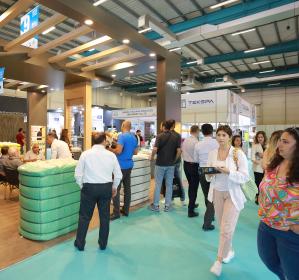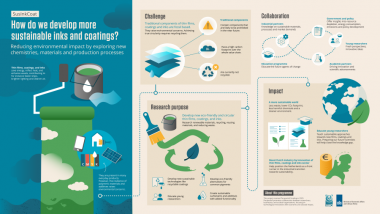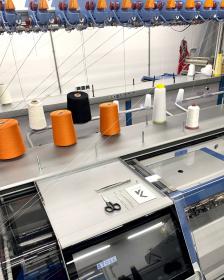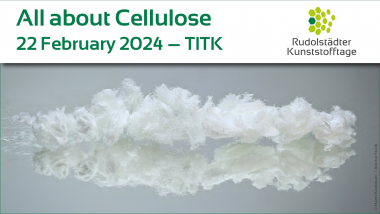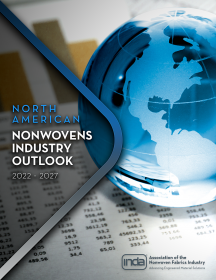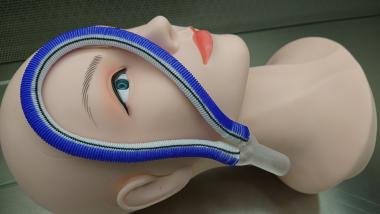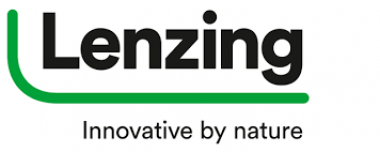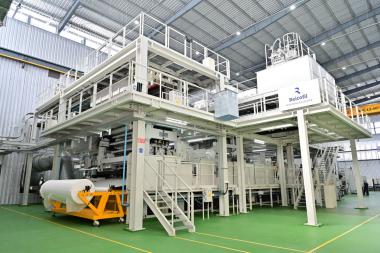Saralon and STFI: Stretchable silver inks for e-textiles
With the next generation of soft and stretchable electronics, reproducible and stretchable conductive inks are playing an increasingly important role in areas such as smart textiles, medical textiles or wearables. Saralon produces a range of stretchable conductive inks including Saral StretchSilver 500 for e-textile applications.
While electronic applications integrated into textiles gain popularity, printed stretchable conductive inks emerge as a transformative alternative for the complicated approach of weaving conductive yarns and fibres.
Just like choosing the right fabric and additives is vital for smart textile development, selecting the right conductive ink matters too. There are challenges to consider, such as conductivity, ink penetration into the fabric, changes in physical properties most importantly stretchability, printing process controllability, and reproducibility. That's why research and analysis are essential when deciding on the best conductive ink for a project.
Together with the Saxon Textile Research Institute e.V. (STFI) Saralon conducted some performance tests benchmarking our Saral StretchSilver Ink against some competitor product.
Results:
Conductivity:
Saral StretchSilver 500 consistently demonstrated superior conductivity, regardless of line width.
Fluctuations at lower widths:
Both inks exhibited fluctuations at narrower printed lines, but the Alternative Ink displayed significantly higher variations.
Reproducibility Insights:
Saral StretchSilver 500 maintained stable resistance at 2mm and beyond, while the Alternative Ink noticeably struggled.
Elongation behaviour:
Saral StretchSilver 500 harmoniously coexists with the textile. Its application has minimal impact on the fabric's stretching properties, ensuring stability. The Alternative Ink, on the other hand, leads to significant changes in textile’s elongation properties. With this ink, stretching demands considerably higher forces.
Saralon GmbH









